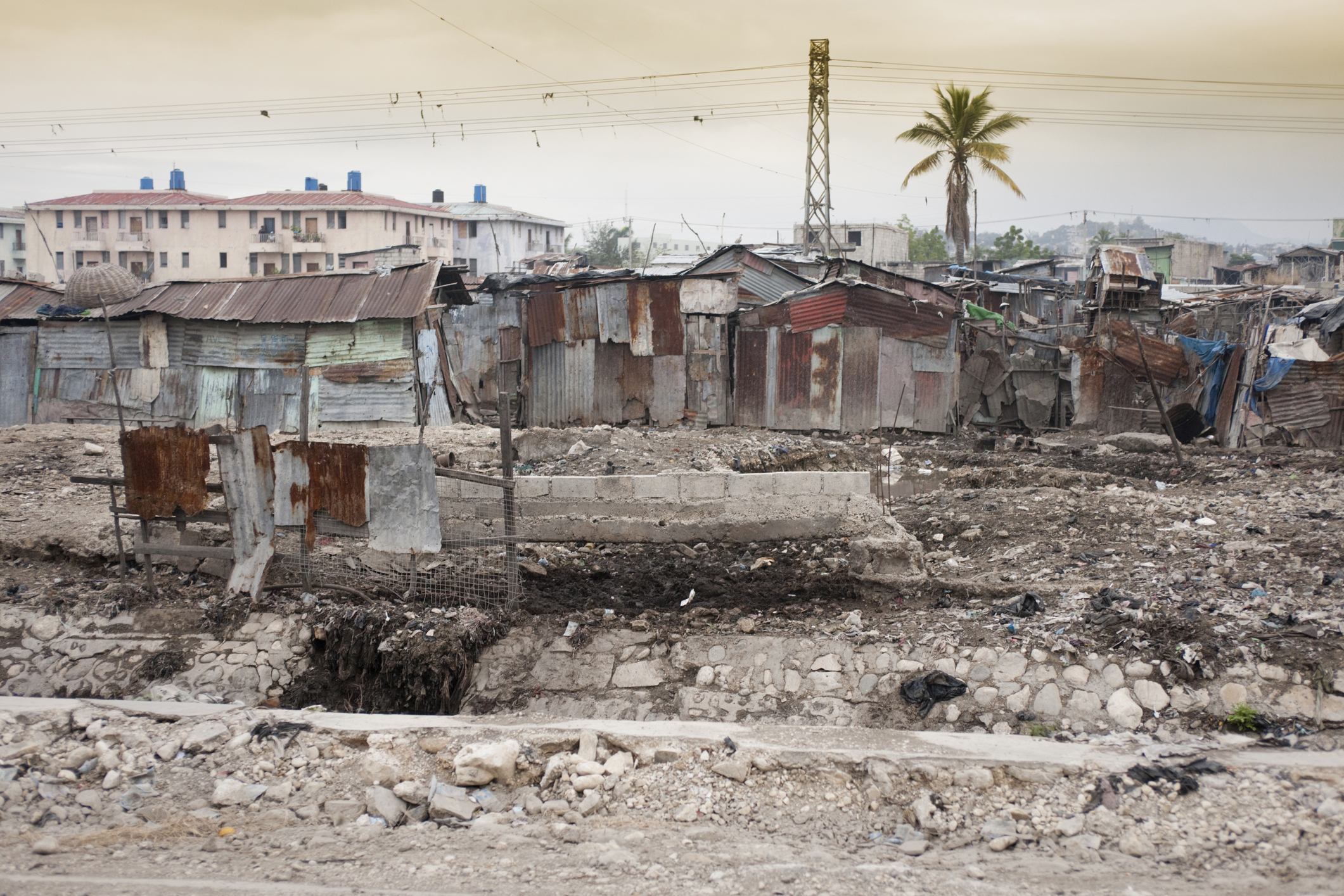Higher social vulnerability is associated with premature cardiovascular disease (CVD) and mortality, but this relationship is understudied in low-income countries that have both the highest magnitude of social vulnerability and a growing CVD epidemic. Distinguished Professor Denis Nash, in collaboration with colleagues at the Haiti-based GHESKIO program and Weill-Cornell, undertook a study, recently published in JAMA Cardiology, to explore the association between neighborhood social vulnerability and cardiovascular disease in their community-based CVD cohort study in urban setting of Port au Prince, Haiti as a model for similar low-income countries. Rehana Rasul, a CUNY SPH epidemiology doctoral student, was also a co-author on the study.
This community-based cohort study (n=2,925) used enrollment data from adults participating in the Haiti Cardiovascular Disease Cohort Study. Investigators aimed to assess prevalent hypertension and total CVD, defined as heart failure, stroke, transient ischemic attack, angina, or myocardial infarction.
The team constructed a modified social vulnerability index tailored for Haiti, or SVI-H. Twelve variables across the domains of socioeconomic status, household characteristics, and social and community context were included. The SVI-H was calculated for each study neighborhood block and then stratified into SVI-H quartiles (quartile 1 was the least vulnerable; quartile 4, the most vulnerable).
In this cohort of residents of urban Haiti, 70.2% reported living in extreme poverty (less than $1 per day). Not surprisingly, those living in the poorest quartile compared with the highest quartile were much more likely to have CVD. Notably, the greatest gradient for heart failure was seen in young adults in the poorest quartile, with a four-fold higher risk than those in the highest quartile.
“In Haiti, the most impoverished country in the Western hemisphere, at the extreme end of these distributions globally, we saw gradient effects of poverty and social vulnerability associated with a higher prevalence of hypertension and heart failure,” says Nash. “We need to understand CVD disparities in low-income countries if we want to target prevention and treatment interventions toward populations at highest risk globally.” (An accompanying editorial in JAMA Cardiology called this effort “inspired” and “akin to the iconic spirit of Paul Farmer.”)




